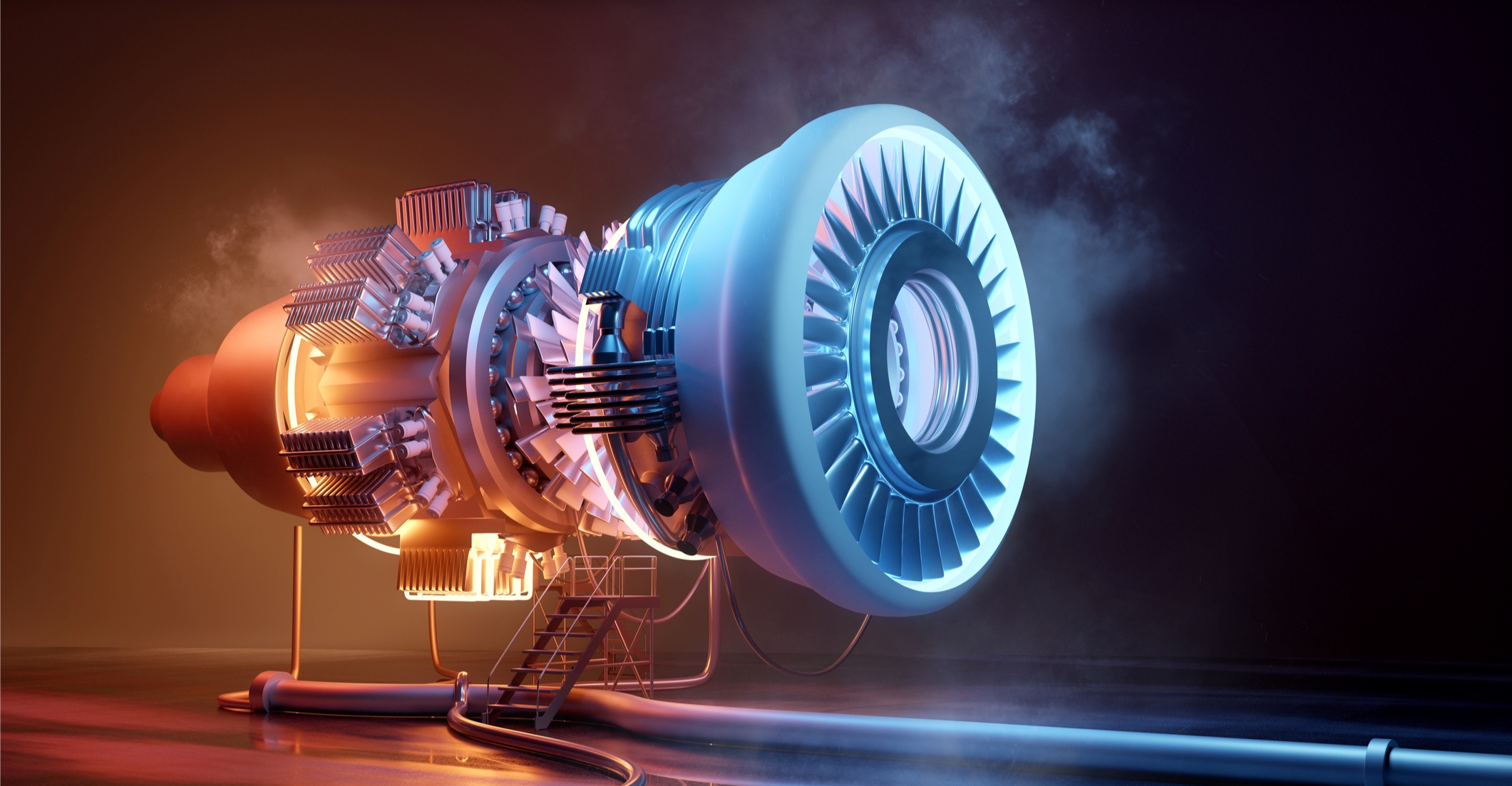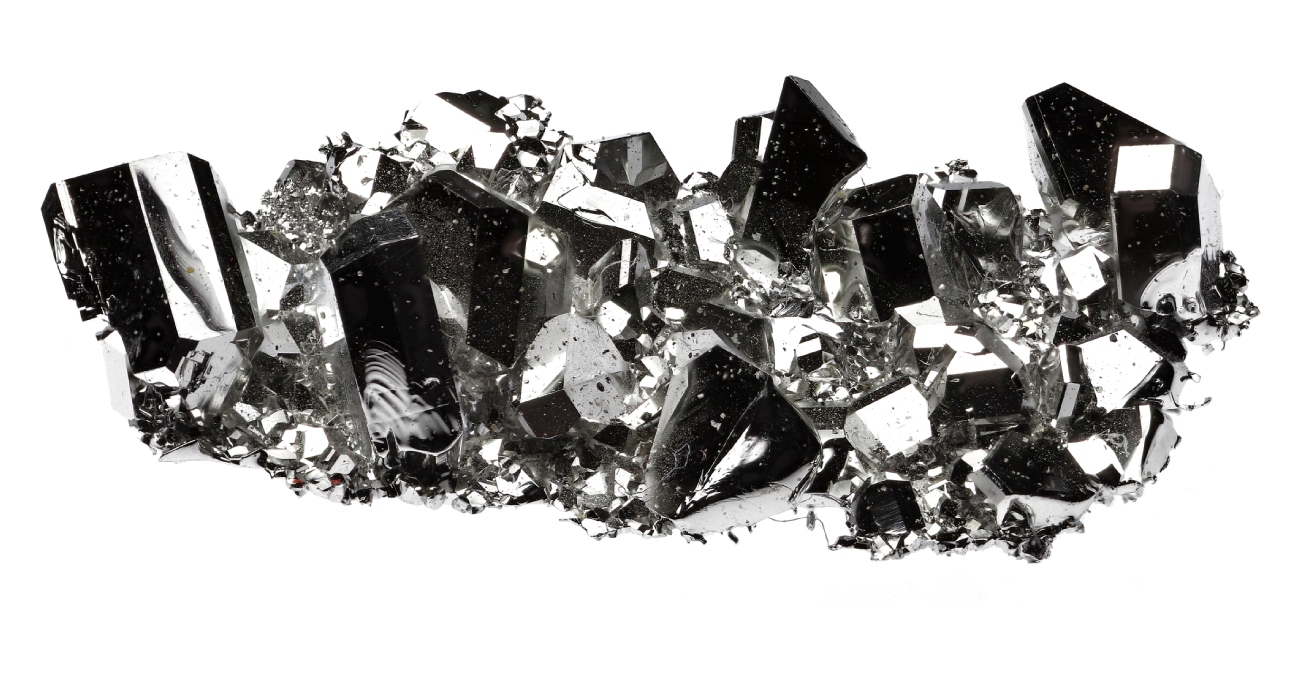Rhenium’s Soaring Value In A Post-Covid Era

Date
In the wake of the global pandemic, industries across the board have undergone transformative changes, some of which have led to remarkable shifts in commodity values. One such metal that has seen its value surge is Rhenium, a strategic element known for its exceptional properties and applications in various sectors. Its remarkable journey from a price of $1,405.00 per kilogram on January 1st, 2021, to today’s price of $1,611.90 per kilogram, marking a change of +14.73%, underscores its increasing significance in the post-Covid landscape.
Aerospace & Healthcare Demands
One key factor contributing to Rhenium’s value boost lies in its crucial role in aerospace and healthcare industries. These sectors have emerged as major consumers of Rhenium-based alloys and elements, harnessing its extraordinary properties to enhance their products’ performance and reliability.
In the aerospace industry, Rhenium’s importance cannot be overstated. Engine manufacturing, a cornerstone of the aerospace sector, heavily relies on Rhenium alloys to bolster the resistance power of components subjected to extreme conditions. This translates to more efficient, powerful, and durable engines, a pivotal requirement in an era of escalating air travel demand. This has directly influenced the net sales of companies like Lockheed and Martin, where their revenue surge from US$65,398 million in 2020 to US$67,044 million in 2021 underscores the growing production of aviation parts incorporating Rhenium alloys.
The healthcare sector also owes its advancements to Rhenium’s exceptional properties. Rhenium is utilized in various applications within this field, including X-ray machines, oven filaments, and oncological drug development. Its presence in X-ray machines enhances their efficiency, ensuring precise imaging crucial for accurate diagnosis. Oven filaments manufactured using Rhenium exhibit outstanding heat resistance and durability, enabling prolonged usage at high temperatures. Furthermore, Rhenium’s role in oncological drug development illustrates its potential to catalyze innovative treatments, demonstrating its potential not just as a material enhancer but also as a life-saving element.
Recycling Rhenium
While Rhenium’s value has surged, its journey has seen remarkable twists influenced by efforts to recycle and reclaim this valuable metal. Methods were developed to recycle Rhenium from used super alloys, enabling their reuse in new melts. This led to a gradual price decline below $2,000 in 2021, as recycled materials expanded the global supply by 50%. Nevertheless, recent years have witnessed the closure of some Rhenium scrap recovery operations due to diminished cost-effectiveness, resulting in recycled Rhenium now accounting for around 35% of the total annual supply. This balance between recycling and primary production plays a significant role in shaping the metal’s overall value trajectory.
Rhenium’s Future
The global Rhenium market’s growth, reaching a value of US$63.945 million in 2021, serves as a testament to its critical role in multiple sectors. As the aerospace and healthcare industries continue to innovate and expand, their reliance on Rhenium-based materials will likely persist, ensuring sustained demand and potentially driving the metal’s value even higher. The surge in Rhenium’s value after Covid-19 can be attributed to its pivotal role in industries like aerospace and healthcare. As these sectors continue to rely on Rhenium’s unique properties to enhance their products and innovations, the strategic metal’s worth is poised to remain on an upward trajectory. However, the delicate balance between primary production and recycling will continue to shape this journey, reminding us of the intricate interplay between technological advancement, resource sustainability, and economic dynamics.




